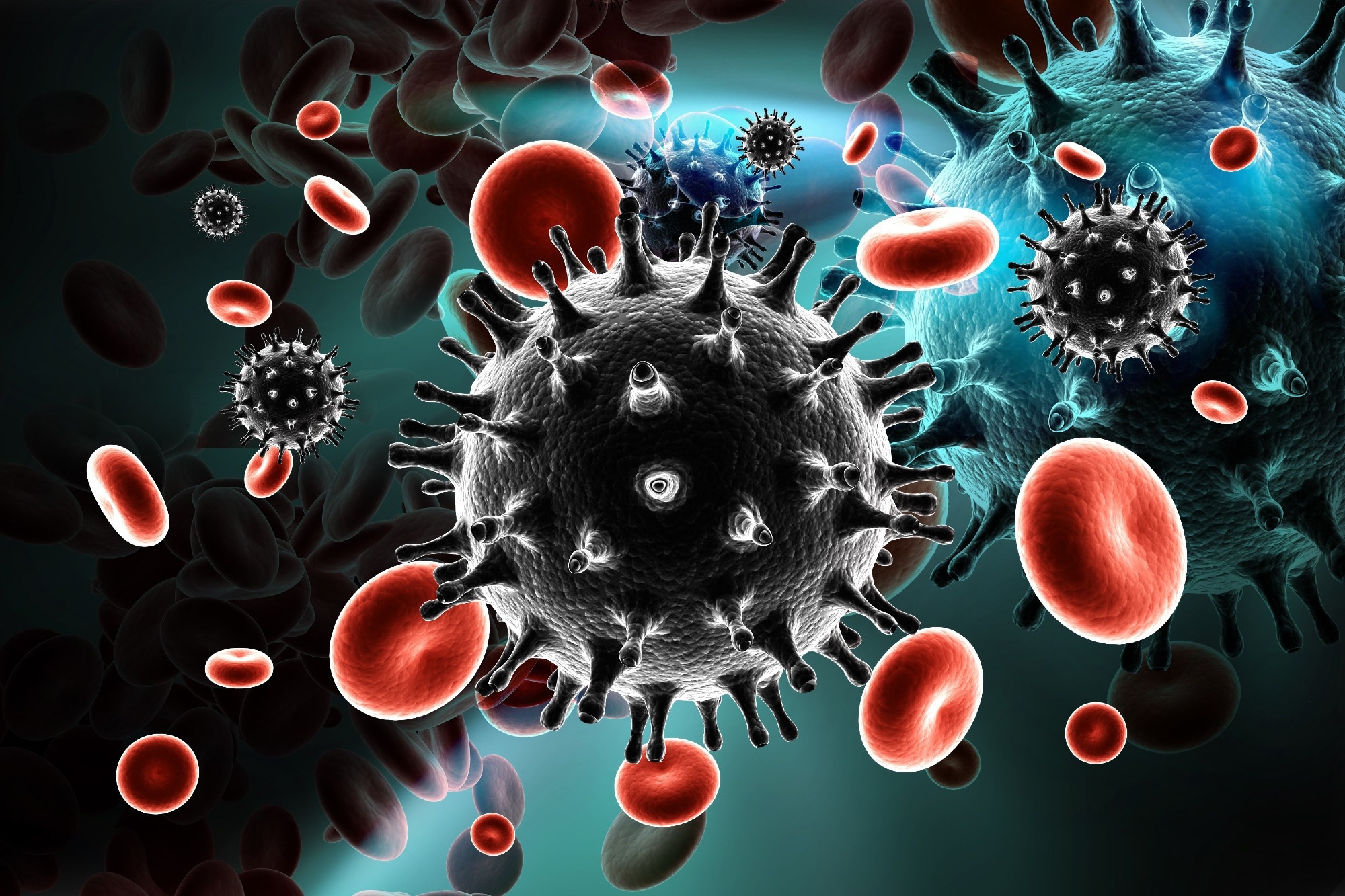A recent study published in Communications Medicine discussed how experiences from the coronavirus disease 2019 (COVID-19) pandemic could be leveraged for human immunodeficiency virus (HIV).
 Study: Leveraging lessons learned from the COVID-19 pandemic for HIV. Image Credit: RAJ CREATIONZS/Shutterstock
Study: Leveraging lessons learned from the COVID-19 pandemic for HIV. Image Credit: RAJ CREATIONZS/Shutterstock
The rapid development and deployment of vaccines against severe acute respiratory syndrome coronavirus 2 (SARS-CoV-2) is a remarkable milestone. The experiences gained from the COVID-19 pandemic should be leveraged for other infections. SARS-CoV-2 and HIV emerged as novel viruses without a specific diagnosis, treatment, or prevention. Thus, early measures relied on public compliance to contain the viral spread.
The two viruses have RNA as the genome and exhibit a significant propensity to mutate, thus making it difficult to develop interventions. Like COVID-19, priorities of HIV prevention fall into three categories: behavioral modification, biomedical innovation, and reduction of structural barriers. These approaches can significantly mitigate the viral spread and reduce the number of new infections. In the current study, researchers discussed how lessons from the COVID-19 pandemic could be used for HIV.
Advances in HIV research contributed to COVID-19 research.
The success of COVID-19 vaccination was possible due to decades of research on HIV. Some contributing factors include innovative techniques to rapidly detect and sequence the viral pathogen and novel approaches for vaccine delivery (mRNA or adenovirus-vectored vaccines). Moreover, creating the stabilized spike protein of SARS-CoV-2 was partly made possible by years of research on the structural biology of HIV.
A safe and effective vaccine for HIV is still elusive after decades of research. Six of the seven trials found no evidence of vaccine efficacy, with only one trial (RV144) showing a modest reduction in HIV acquisition. Other approaches to preventing HIV include therapies to reduce viral levels below those required for transmission, pre-exposure prophylaxis with long-acting anti-retrovirals, and passive immunization with broadly neutralizing antibodies (bnAbs).
There is synergy between HIV and SARS-CoV-2 vaccine research domains. HIV vaccine research has informed the development/testing of SARS-CoV-2 vaccines, resulting in newer advances that may inform HIV vaccine design, as evidenced by the application of structural biology in vaccine design. Given the success of structure-based vaccine design, the HIV research field could adapt lessons from SARS-CoV-2 that encodes a trimeric spike as a type 1 fusion protein.
However, the HIV envelope protein presents additional challenges, including the poorly immunogenic and dense envelope glycan shield and the variable loop regions in the envelope with epitopes for potent nAbs and weak or non-neutralizing antibodies on a stabilized envelope. Additionally, the molecular mimicry of envelope epitopes leads to the cross-reactivity of antibodies with human proteins.
One study suggested that an effective HIV vaccine would require multiple immunogens in a specific sequence to elicit a proper antibody response. An important lesson from the COVID-19 experience is the safety and effectiveness of mRNA vaccines against symptomatic diseases. The mRNA vaccine technology offers numerous benefits and limitations for HIV vaccine development. The platform provides the ability to rapidly create vaccines for different HIV antigen configurations.
Public-private partnerships and international collaborations
The magnitude of the COVID-19 emergency called for a unified effort across the United States (US) government agencies to create synergistic opportunities, fill gaps, and avoid duplicate efforts. The multi-agency action originated as Operation Warp Speed (OWS) and was later renamed Countermeasures Acceleration Group (CAG). This was a public-private partnership (PPP) involving the Departments of defense, health and human services, and other federal institutions, engaging with private institutes and academics.
The CAG coordinated existing efforts to speed up the development, production, and supply of COVID-19 diagnostics, therapeutics, and vaccines. The engagement of the US government with the private sector to advance COVID-19 vaccine development was significant. Open access data and their effective sharing were paramount to the success of these collaborations.
The consolidated effort of trial communities across the public and private sectors enabled a systematic approach to the development, approval, production, and distribution of vaccines. These considerations should be accounted for while developing HIV vaccines as governments explore tangible solutions for incentivizing private players by implementing intellectual property protection.
It is also critical to address the issue of vaccine equity. Three areas could be considered for equitable vaccination. First, manufacturers would require government assistance to scale up their production capacity. Second, efficient supply chains are needed to meet the increased production. Third, governments must adopt policies to support equity because market forces alone cannot ensure access and deployment to lower-middle-income countries.
Concluding remarks
Several themes have emerged from the current discussion: flexibility is critical for an evolving pandemic; engaging with underserved or impacted communities is essential; ensuring equity in access to therapeutics, vaccines, and health services; transparency and sharing of information; and continued investment in fundamental research.
Science was able to respond to the daunting COVID-19 emergency at an unprecedented pace. The global scientific community can learn from these critical lessons to capitalize on the momentum of COVID-19 experiences for a collective effort against HIV.